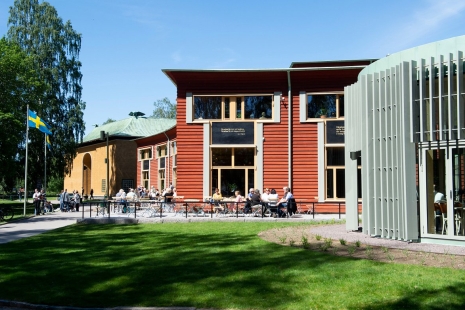This is a dynamic, contrasting and turbulent time when the world is changing at a furious pace. And Jāzeps Grosvalds is very much a child of his time. He will only be 28 years old – but during his short life he has been involved in a lot.
Grosvalds grows up in a well-to-do family in Riga. During the early 1910s, he lives a debauched life as a young dandy in Paris. He loves parties, nice clothes, jazz music and beautiful women. Here he also meets the new radical modernist art with Picasso and Matisse at the forefront. He travels all over Europe and speaks five languages fluently.
When the war breaks out, he enlists in the Russian army. In his free time, he paints a series of fine-tuned watercolor and gouache paintings depicting life on the front line. It is above all everyday life in the camps, shelters and trenches that captures his interest.
After witnessing the Russian Revolution in Saint Petersburg, he joins a British military expedition to the Middle East. The journey goes from Baghdad – across the Persian highlands – to the Caspian Sea. Jāzeps encounters the colorful and fragrant Orient that has always existed in his dreams, but also the poverty, hunger and suffering that afflicted the local population. Everything he experiences he depicts with pen and brush. When he returns to Europe, he has hundreds of small paintings with him in his luggage.
After the end of the First World War, Latvia fights for its independence. Jāzeps and several other members of the Grosvalds family are involved in the diplomatic work that ultimately leads to the country being recognized as an independent state. Unfortunately, he himself never gets to experience this historic moment. In 1920 he gets a fever and is hospitalized. Jāzeps Grosvalds dies a few weeks later from the effects of the Spanish flu.
Värmlands Museum has a unique collection of 221 of Grosvald’s works that were donated by the artist’s sister in the late 1970s. The exhibition also features works on loan from the Latvian National Art Museum.





